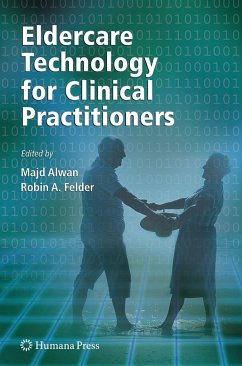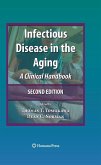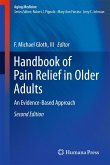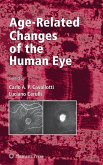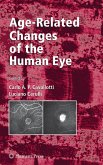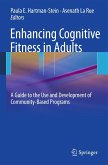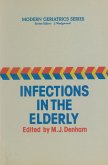The proportion of the world's population of individuals over the age of 60 is expected to double to 20% by 2030. This change in the demographic, and its potential economic impact on industrialized nations has prompted active research in automated systems for functional and health status monitoring and assistance, enabled by recent technological advancement. Eldercare Technology: A Handbook for Practitioners addresses technologies targeted at the assessment, early detection and the mitigation of common geriatric conditions including decline in functional abilities, gait, mobility, sleep disturbance, vision impairment, hearing loss, falls, and cognitive decline. This book not only describes the state of both embedded and wearable technologies, including technologies under research and on the brink of translation into products, but also focuses on research showing the potential utility of these technologies in the field. Eldercare Technology: A Handbook for Practitioners comes at a time when interest in eldercare technology and the need for effective and appropriate technologies especially are peaking. This important book will be an indispensable aid to all professionals involved in the field of eldercare.
From the reviews:
"This multiauthored book describes how technology works for older persons and how clinicians can use technology to help older persons. ... This is a broad charge and the book highlights these areas nicely. The ... audience to be 'eldercare practitioners,' students of medicine, nursing, social studies, technology, engineers and designers. ... This is a useful book that covers a wide area. ... provides a vista of the future in which advanced technology will help older persons and their caregivers." (David O. Staats, Doody's Review Service, June, 2008)
"Audience(s): Physicians, Geriatricians, Health Services Providers, Nurses, Researchers ... . The book is organized into nine chapters ... ." (Combined Health Information Database, June, 2008)
"This multiauthored book describes how technology works for older persons and how clinicians can use technology to help older persons. ... This is a broad charge and the book highlights these areas nicely. The ... audience to be 'eldercare practitioners,' students of medicine, nursing, social studies, technology, engineers and designers. ... This is a useful book that covers a wide area. ... provides a vista of the future in which advanced technology will help older persons and their caregivers." (David O. Staats, Doody's Review Service, June, 2008)
"Audience(s): Physicians, Geriatricians, Health Services Providers, Nurses, Researchers ... . The book is organized into nine chapters ... ." (Combined Health Information Database, June, 2008)

